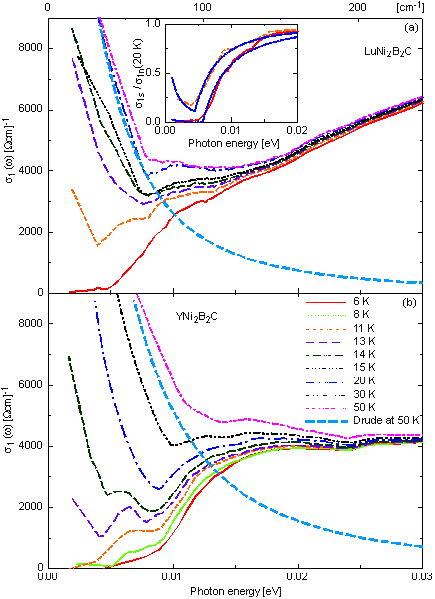The borocarbide LnNi2B2C superconductors

The discovery of superconductivity at relatively high temperatures in the new family of quaternary intermetallic compounds LnNi2B2C (Ln = Lu, Tm, Er, Ho, Y, with Tc between 6 and 20 K) has motivated an intensive experimental work. Initial characterization of these systems has revealed several interesting but also potentially intriguing properties. We first remind the striking layered-like crystallographic similarity with the cuprate-oxide superconductors. Moreover, the presence of the late transition metal Ni, which generally gives rise to magnetism in intermetallic phases, and the presence of the light elements boron and carbon, expected to result in high phonon frequencies, allow for speculations that some exotic pairing mechanism is involved in their relatively high Tc's. Another fascinating feature is that superconductivity is observed not only for the non-magnetic rare earth elements but also for the heavy magnetic rare earths, Tm, Er and Ho. This obviously raised the expectation for the occurrence of a variety of phenomena associated with the competition between magnetism and superconductivity. We have recently studied the Lu and Y compounds (Fig. 2.4) and our first results suggest a conventional BCS-like superconductivity in the moderate to strong coupling limit.